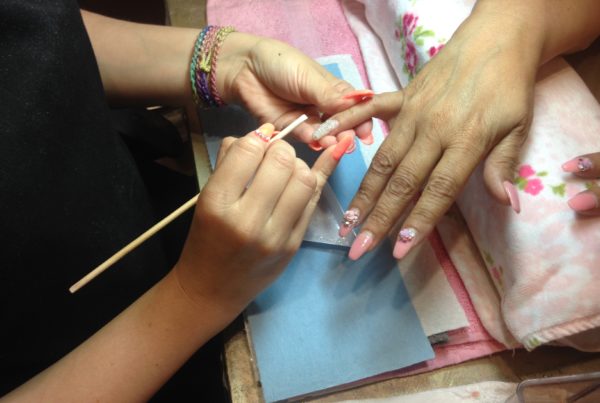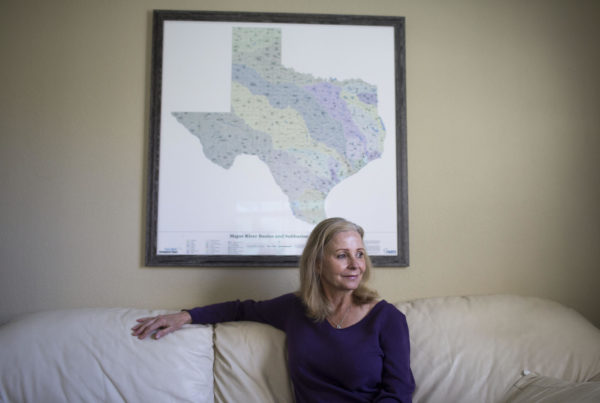Over the past two decades, the number of working-age adults who receive government disability payments has almost doubled. Much of that growth has occurred in rural America, and Texas is not immune to the trend. Rural counties, including San Augustine, Coke, and Foard have seen the rates of disability payment recipients spike in recent years.
Terrence McCoy, a reporter for the Washington Post profiled a small community in rural Alabama where the rate of adults on disability has doubled in the past 20 years. He says joining the disability rolls is not an easy process.
“To go on disability – it’s a pretty lengthy and laborious application process,” McCoy says. “And there has to be a medically determinable condition that has to impair your capacity to be able to find work. For people who are oftentimes of the blue-collar professions, their threshold for what is a medically determinable condition is lower than people who have more education.”
McCoy says that while the trend toward increased use of disability payments is pronounced in many rural areas, rural Texas is not among the most severely impacted.
“It is not as high as it is in other places,” he says.
Communities with large immigrant populations have a different experience with disability than do older, more homogeneous ones, McCoy says. And Texas has a number of communities where immigrants have impacted the disability environment.
“Immigrants bring in a sort of dynamism to a lot of communities,” he says. “Immigrants oftentimes have fewer disabilities because they often have [better] health. And … to be able to get on disability, you need to have a lengthier work history. But if you’re only arrived in the country a few years ago, of course you’re not going to have that long work history.”
Demographic changes in the U.S. also play a role in the increased reliance on disability income, McCoy says.
“When you look at the baby boom bulge, there are just significantly more people who have higher rates of … disability,” McCoy says. “Another reason is the fact that women joined the workforce in the past 65 years. And their added enrollment in the workforce swelled the number of people that qualify.”
For the communities affected, high rates of disability claims have an impact on the culture of work, McCoy ways.
“[High rates of disability dependence] can affect kids when they’re growing up in a household and a community where work is not a thing they see all around them all the time,” he says.
Written by Shelly Brisbin.















